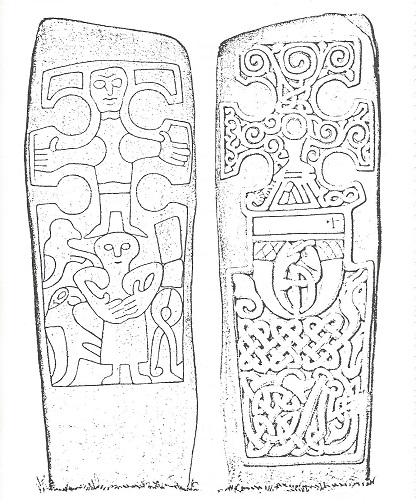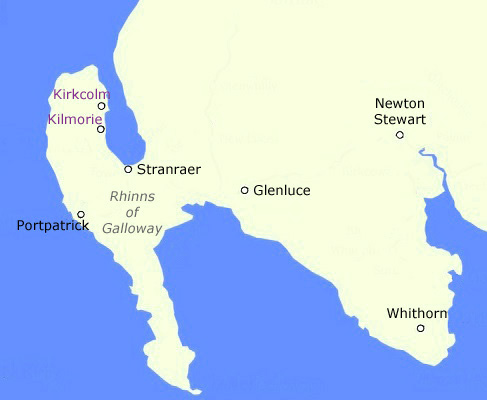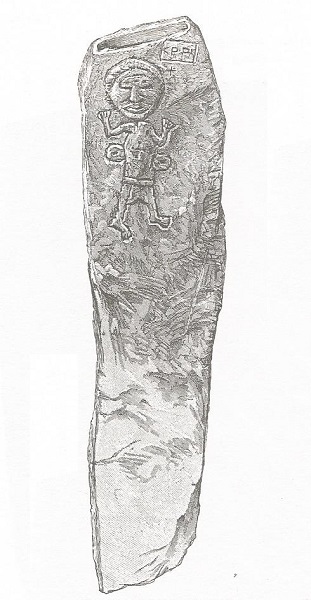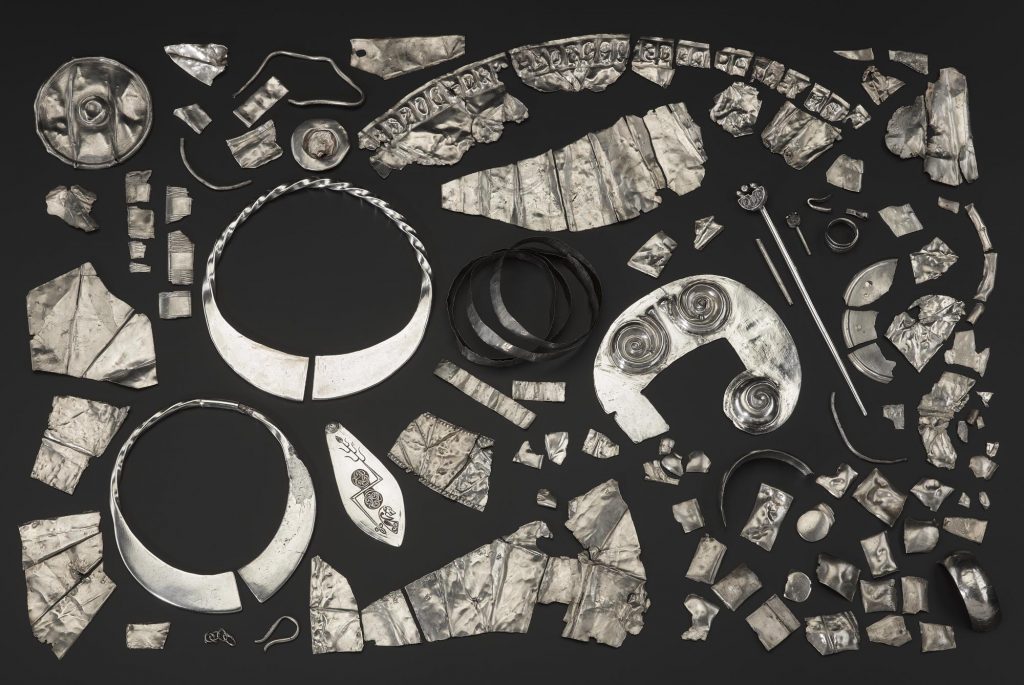Hi simon -
simon wrote:
...we do not even know what the Picts spoke.
Well, at least I know.the answer to that question. They spoke PIct.
I want to share with you a little background. When I moved to Illinois, the Newberry Library, the world's best collections of Native American materials, and the Oriental Institute, one of the world's best collections of Ancient Near Eastern materials, were within an easy drive. Since my stroke I am unable to deal with Chicago traffic. Oh well. A good part of my brain for working with those materials is gone as well.
Right now, I do nor even have a copy of the Anderson's translation of the Life of Columba at hand.
Now where does PIct lie in the grand scheme of things? Lycian studies have been dominated by German scholars for years, and they have declared Lycian to be Proto-Indo-European. But based on their comprehensability by Indo-European speakers, perhaps Pict may be far more usefully be grouped with Etruscan, Lycian, and "Minoan", to form a PRE-Indo-European substrate. An east way to avoid the heated PROTO/PRE debate, and have more time for actual analysis, is to use the term PIE, with the individual reading that as they wish.
I expect that modern genetic studies on remains will confirm this. These people were not neanderthal, but the very first wave of sapiens.
moving on -
simon wrote:
Some claim the images might be some form of writing but I am not certain that has been proved beyond all doubt
( I see you have trouble with your typing too, but not as bad as I do nowadays.)
A recent computer analysis has claimed exactly that, that the images are a form of writing.
I agree with their conclusion, but not based on much more than the fact that the same images are used regularly,
and from the effort invested in them, the stones clearly had meaning.
I do not know what database that group used, but I am far more interested in Luwian Hieroglyphic.
What I do know is that the folks up north are irritated with all of that oil money going south -
and that this is reflected in the archaeological work as well.
Going through the online resources, we find pleas for funding for Pict glyph studies, including the construction of a really good database.
Then there is the little problem of preserving the inscriptions themselves.
Frankly, I expected far better in the UK, with that lottery money, and their academic rigor.
Of course you have the rescue archaeology needs down south, but all the same...
simon wrote:
Not sure on this, they used Ogham but apparently incomprehensibly.
So instead of easy glosses for the glyphs,
we end up with another challenge for analysis. Oh Joy.
simon wrote:
The Picts, like the Attacotti do fade from history from the early to mid middle ages -
they do not occur in St Patrick's Confessio or letter, the Life of St Germanus, the Gallic chronicle.
Gildas does of course, but in association with the Scots.
When someone mentions St. Patrick, I always think of "Cabin Boy" and his Confessio.
Native American peoples would often leave out of their histories their defeats in wars.
The colonists would usually leave out of their histories who they stole the land from.
Then you have the destruction of records, and of the oral history keepers themselves.
But we're a long way from historioraphical studies, or imperial political studies here.
We're at the level of field work,
and I think their is a major metal workshop yet to be found.
With the portable antiquities scheme in place,
I am actually hoping that the metal detectorists will spend some time in the Girvan-Ayr area.
This is a very important breakthrough for the analysis of the gold artifacts of the Staffordshier hoard:
https://archaeologynewsnetwork.blogspot ... FHi4DaY.97
Indeed - Laser Ablation analysis for gold artifacts from anywhere, including say Sutton Hoo.





